
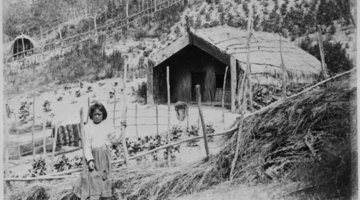
When Māori arrived in Aotearoa/New Zealand in the late 13th century, they found a land quite different to the Polynesia from which they had travelled. The cooler climate meant that some of the ...
READ MORE

Soil, dirt, earth, muck – there are lots of words for soil. One we don’t often hear associated with soil is life. Soil keeps us alive Where would be without soil? According to one soil scientist ...
READ MORE

If you dig a hole in your school playing field, will the soil there look the same as the soil in your home garden? Is soil the same all over New Zealand? Rights: Waikato Regional Council Similar ...
READ MORE

In this activity, students gather soil samples from their homes to view how soils differ from location to location. By the end of this activity, students should be able to: observe similarities ...
READ MORE

In this activity, students use a picture book and/or dig a hole to learn more about soil, observation and inference in science. By the end of this activity, students should be able to: make ...
READ MORE

In this activity, students observe billions of soil microbes and ‘see’ microbes at work as they soft boil an egg in a compost bin. By the end of this activity, students should be able to: discuss ...
READ MORE

Be part of a worldwide movement and use Global Earth Challenge to submit or classify photos to help our planet’s environment and human health. Global Earth Challenge is a citizen science campaign ...
READ MORE

This citizen science project wants your assistance to extract information from various climate scientific graphics to help combat misinformation and support scientific communication. Using this ...
READ MORE
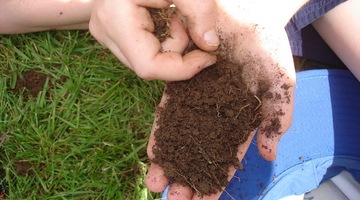
Earthworms are useful indicators of soil health. This project aims to capture information on earthworm abundance and species distribution throughout New Zealand. Information provided will be used ...
READ MORE
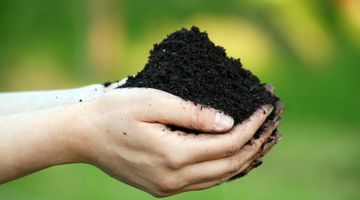
Soil – it’s much more than dirt. Soil keeps us alive. Without soil, we would be hungry, thirsty, naked, homeless and breathless. Soils differ from location to location and are a range of colours ...
READ MORE
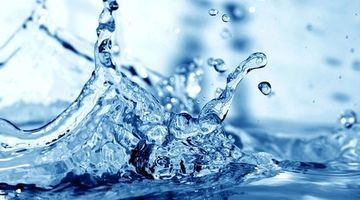
Water has unusual properties that make it different to other liquids. It is the only common substance that is naturally found as a solid (ice), liquid (water) or gas (water vapour). Water has the ...
READ MORE

Fire is generally portrayed as frightening and destructive by the media. Humans have increasingly been able to manage fire by improved detection ability and improved fire control methods. In the ...
READ MORE
Professor Louis Schipper from the University of Waikato explains how soil is formed.
READ MORE
Dr Selai Letica explains some of the causes of nitrous oxide emissions in agricultural soils and why it is important to limit them. Points of interest: Nitrous oxide (N2O) occurs naturally in the ...
READ MORE
Dr Ross Monaghan from AgResearch at Invermay in Otago explains his work in managing the risk of nitrogen loss to water systems through the use of nitrification inhibitors. Nitrification ...
READ MORE

An interactive showing the main components of the terrestrial nitrogen cycle. Select one of the buttons to find out more. Go here to view the full transcript and copyright information.
READ MORE

Use this interactive graphic organiser with your students to explore their ideas about the components of soil. Place each image where you think it belongs. This activity can be done individually ...
READ MORE
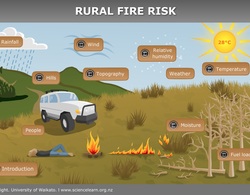
An interactive on rural fire risk – environmental components. Click on the labels for more information. Select here to view the full transcript and copyright information.
READ MORE